Earlier this year the first section of the Shin-Tomei Expressway opened for traffic, marking a new era for Japan’s highway system. Naturally we went exploring, taking this newest road to one of the oldest inhabited regions of Japan, the Kii Peninsula.
In olden times — we’re talking 1600s here — the Tokaido was the main route connecting Edo (present day Tokyo) to Kyoto by way of what is now Nagoya. It continued to be such an important artery that the first the bullet train line, opened in 1964, was called the Tokaido and ran parallel to the ancient corridor along Japan’s southern coast.
Hipster-driven Mitsubishi Debonairs and other cars can trace the Tokaido by driving the infamous Tomei Expressway, so named because it connects Tokyo (the “To” part) to Nagoya (“mei” is an ancient reading of the first kanji character in Nagoya). For JNCers, however, the Tomei’s claim to fame was as one of the premier proving grounds for the hashiriya, illegal street racers testing the limits of their Supras and Skylines on 300kph — that’s over 186mph — runs.
The Shin-Tomei (New Tomei), however, is Japan’s current $88 billion project to build an alternative to the aging Tomei. The first 160km (99mi) section was opened on April 14, running through Shizuoka-ken between Gotenba and Mikkabi.
Like this AE86, the old Tomei has seen better days. The Shin-Tomei has been built inland about 10km from the old Tomei, running mostly parallel. It has wider lanes, smoother curves, and massively voluminous straight tunnels equipped with three lanes now, though they can accommodate five in the future.
We could almost forget that we were traversing a brand new road when coming across cars as tasty as this Honda Accord, still showroom fresh after 30-plus years on the road. Soichiro Honda would be grinning ear to ear were he alive to witness such a sight.
At one of the newly built Shin-Tomei service areas, the EV charging station was guarded by a few cats, one of which was oblivious to both the passing traffic and people.
It didn’t even notice that the Yamano Magic race car carrier was parked over to one side, hauling Naoya Yamano‘s EXM STI and Tetsuya Yamano‘s Exedy Subaru BRZ, probably on its way back from the All Japan Gymkhana Championships at Meihan Sportsland (Watch the BRZ’s run).
We stayed overnight in Yokkaichi, where they take the time to match their Yamaha Vino license plates with their seaside machines. After a four hour drive we’re on the edge of the Kii Peninsula, not far from one of Soichiro Honda’s greatest achievements, the legendary Suzuka Circuit.
In the shotengai nearby an old fashioned mom-and-pop toy store looks as if it’s been standing there since the mid-Showa. The only clue to modernity was a giant cardboard cutout of a Tomica salesman beckoning us to check out their 40th Anniversary Nissan Fairlady Z, a gray Z34.
The next morning we set off into the mountains to explore the many small roads leading up to the various castle ruins that dot the region. The Kii Peninsula housed Japan’s capital in the 8th century and was later home to powerful samurai clans like the Tokugawa. Once again, our trusty steed for the adventure was a taxi-spec last-gen Honda CR-V.
Our CR-V proved a reliable steed over the trails leading up to the ancient home of another mighty Honda, Honda Tadakatsu, one of the most fearsome samurai generals in Japanese history. Kuwana Castle was once presided over by Honda but today the castle’s gone and the temple that stands on its grounds is guarded by more cats, though this time a little more energetic than the roadside ones.
From the ruins of Kuwana Castle we delved deeper into the Kii Peninsula, over miles of narrow roads meandering through sleepy towns in which elderly gents still don a suit to go out, even if they travel by bicycle.
Stopping in one small burg to admire and photograph its Meiji and Showa era buildings, we spotted a familiar shape peeking out from under a carport.
A well-kept hakosuka on gold SSRs in classic silver was just waiting for its owner to jump in and take it out to the twisty mountain roads nearby.
Back on the main shotengai, the local electrical shop’s delivery vehicle was a sharp little Datsun Sunny Truck. A local advised us it was a “good car” and would likely last for many more years as it only delivered to the local area — four or five kilometers likely being its longest journey, ever.
Curiously in Japan, the sanitora, particularly the long bed, is a favored delivery vehicle for gasoline stations delivering pumped fuel for farm equipment, and kerosene for house heating in rural areas. Sold well into the late-1980s many can still be seen doing daily chores across the nation.
Not too long afterwards, we passed through Uda Matsuyama Castle, or at least the ruins thereof. Only remnants of the honmaru, or central bailey, stand.
Deep in to Nara Prefecture stood more quaint hamlets and Meiji Era houses. One almost expects to see the classic cars of Luxe37 come roaring down the quaint streets.
Carving a path through the mountains is the Ise Highway, which comprises part of National Route 169. Actually, it would be more accurate to say that the Yoshino River, which the Ise parallels, carved the path first.
On the way back down to sea level we stopped for a cool, refreshing Calpis. As we reflected on the effortless journeying accomplished by the CR-V, we found evidence of just how far the Japanese auto industry has come.
Right down the street a local Subaru dealership was displaying a red and black tentoumushi on their front lawn. The kei car was a reminder of the days when Japan’s roads were more dirt than asphalt.
Nowadays those times are but a distant memory, and even the kei cars built to traverse them have changed dramatically. Parts of the original Tomei are built on the coast and regularly subjected to closure from storms and, potentially, tsunami, so when it’s completed in 2020 the Shin-Tomei will have substantial bridges designed to withstand severe earthquakes, including anti-slump approaches. It will be designated an official emergency route so that no matter how Japan is changed, its two long-time hubs will still be joined by some version of the ancient Tokaido.
Photos by Skorj. You can see more of his work at Filmwasters.


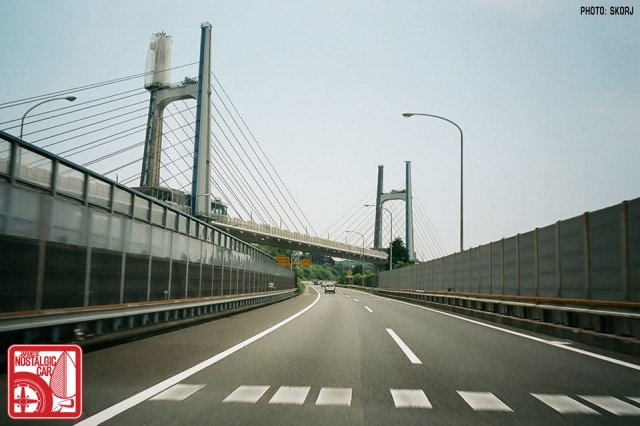
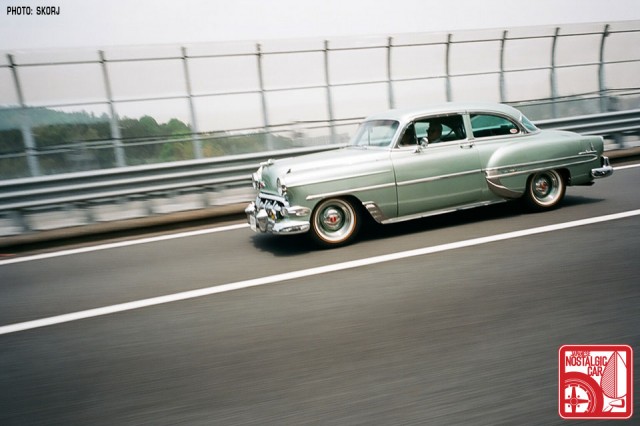
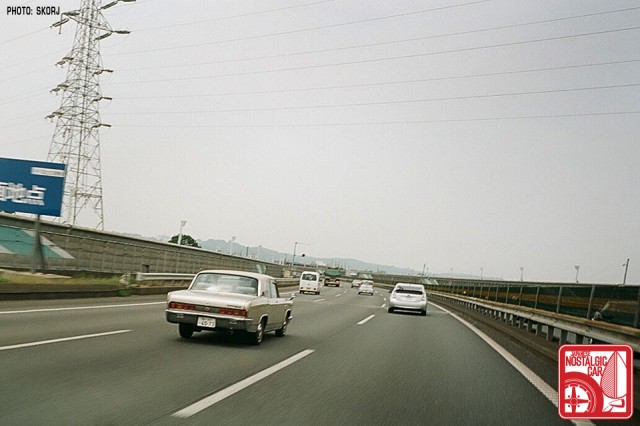
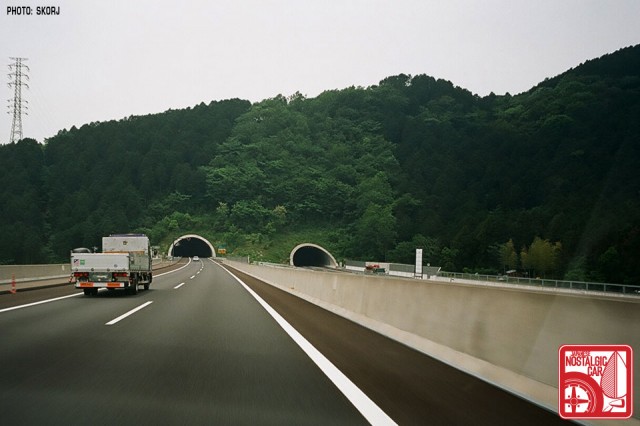
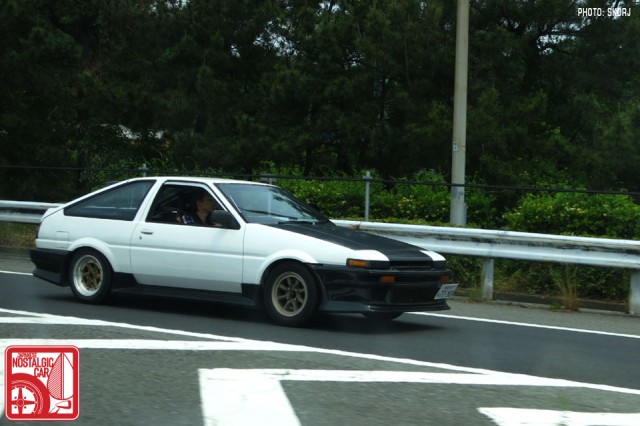
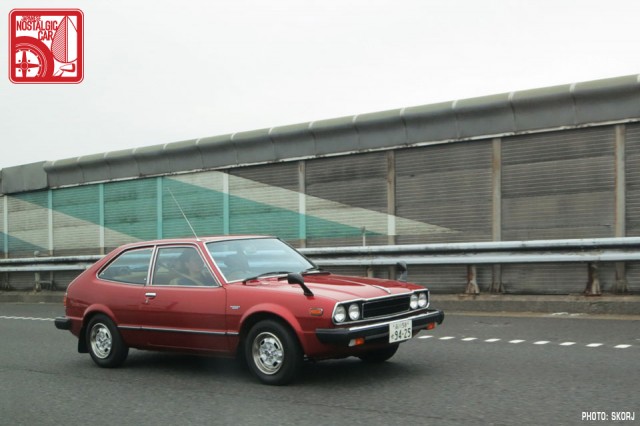
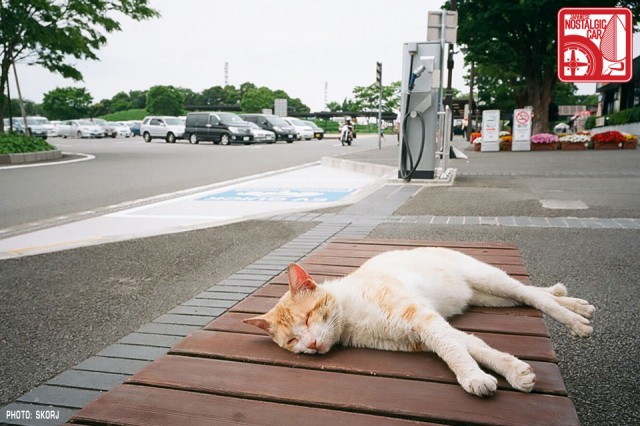
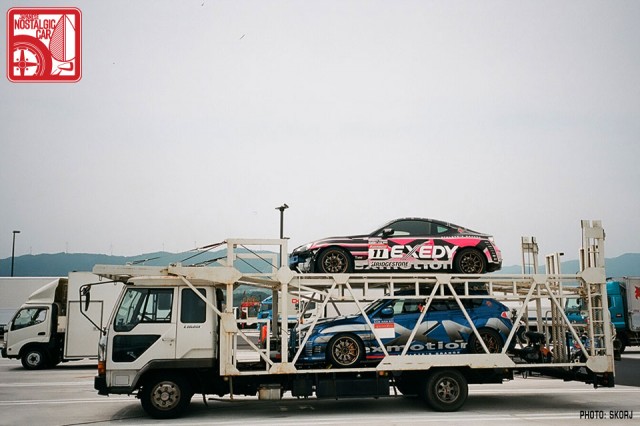
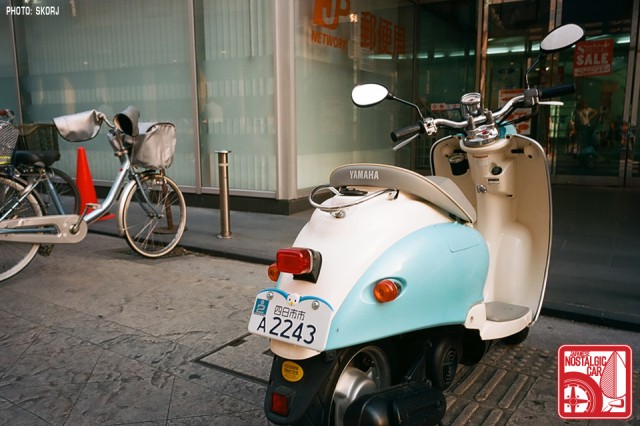
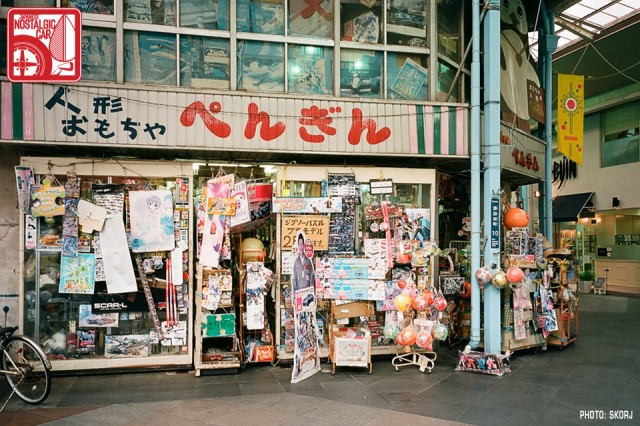
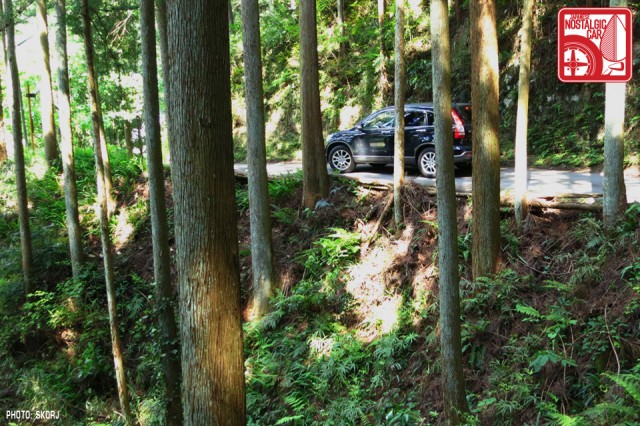
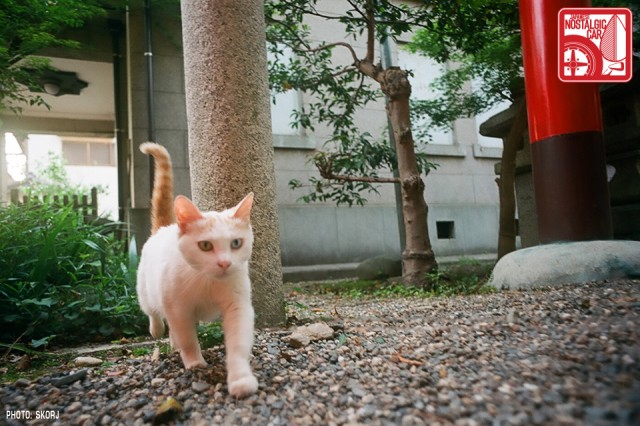
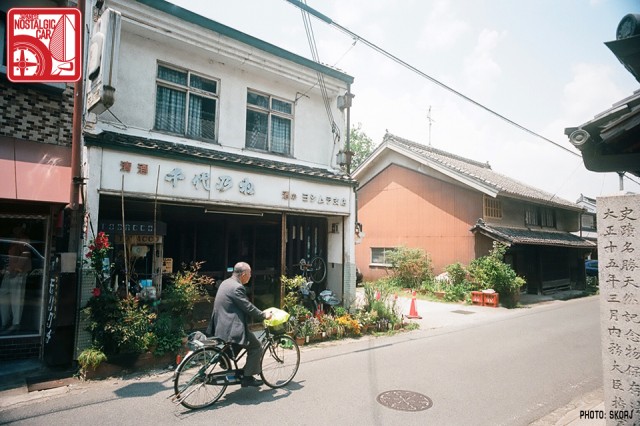
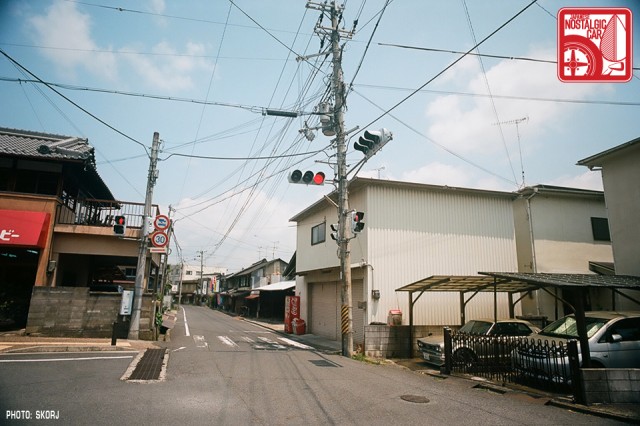
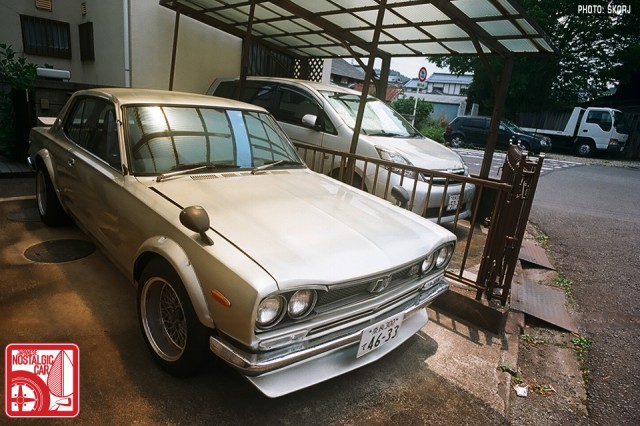
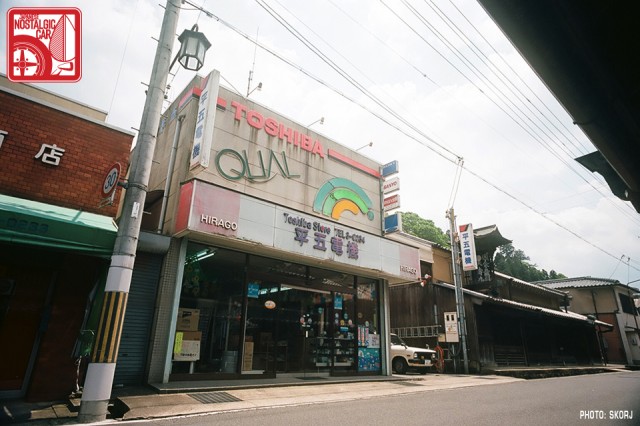
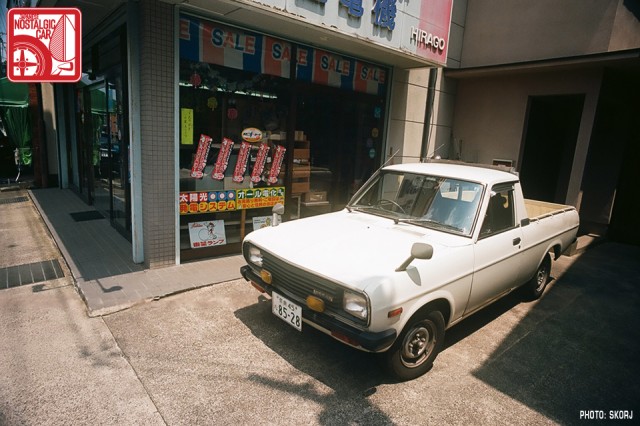
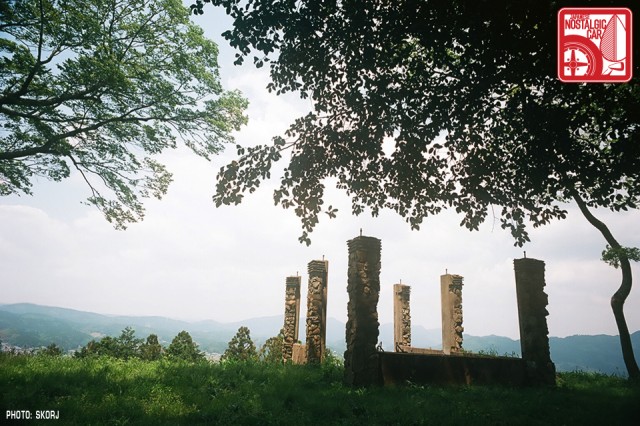
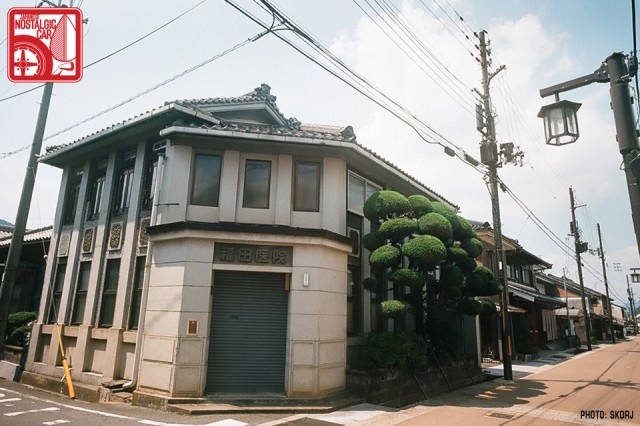
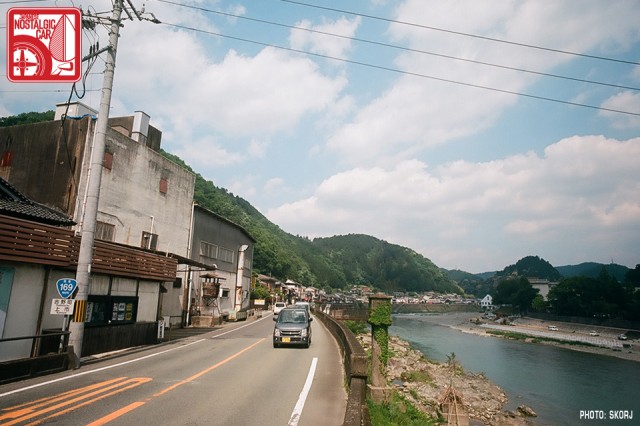
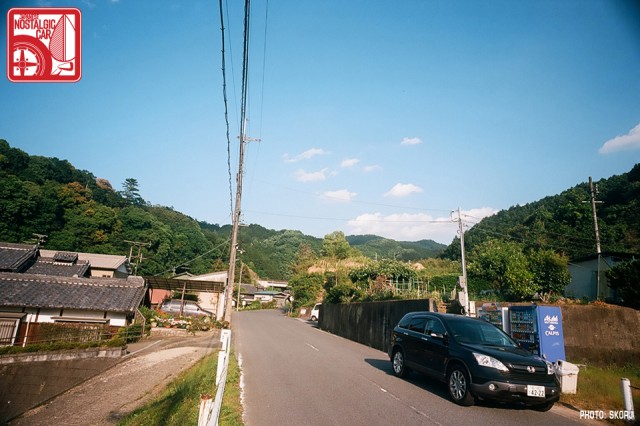
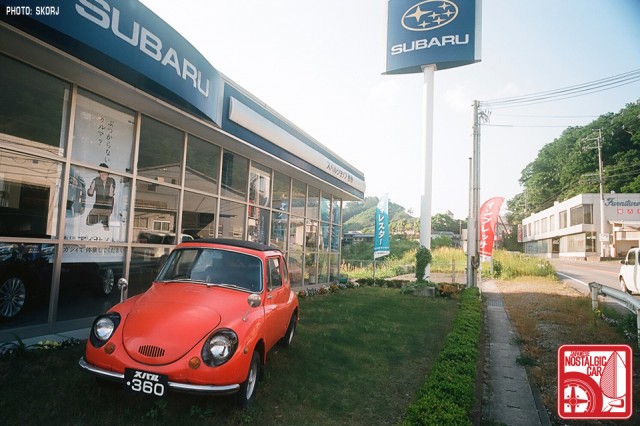
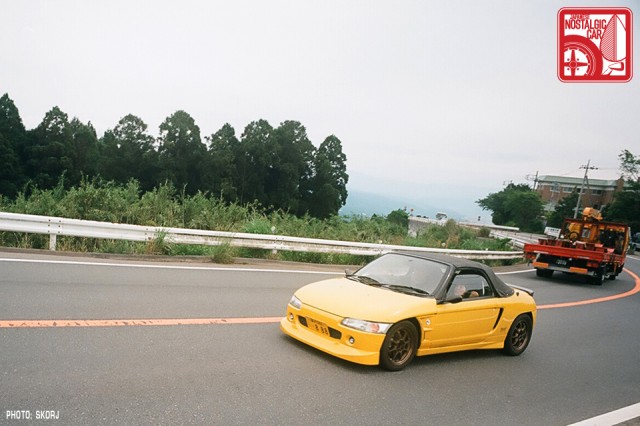




God I have to get back to Japan.
It’s only been 10 months but I have to get back.
Beautiful pictures of a very pretty county. Thanks.
Every time I read one of your stories Skorj, I become more aware of how much I would like to see Japan.
Great story !!
How many toll booths did you pass through on this trip?
Also, I need that beat
From central Tokyo you need to pass one toll to enter the Shuto, then one for the Tomei on the outskirts, and one at the exit of your choice – which can be anywhere else. This includes the Shin-Tomei.
For this trip though, we were jumping on and off expressways all over the place, so not really sure of an aggregate total!
WOW, I love reading your stories. With the way you narrate the pictures it’s like your almost there. I also love them because you show the everyday seldom seen side of Japan and how beautiful and great it is beyond the normal tourist areas.
I need to go one of these days.
Great story. Love the pictures and the detail. Really makes me want to hit Japan and just drive!
Awesome story. Makes me feel like I was your copilot!
Do you lead tours of Japan’s lesser-known sites? If not, you should.